expiredBluegrassPicker posted Jan 06, 2023 09:11 PM
Item 1 of 6
Item 1 of 6
expiredBluegrassPicker posted Jan 06, 2023 09:11 PM
Select Stores: 20-Pack GE LED 65-Watt EQ LED Br30 Daylight Flood Light Bulbs
& More + Free Store Pickup$3.20
$7.97
59% offLowe's
Visit Lowe'sGood Deal
Bad Deal
Save
Share
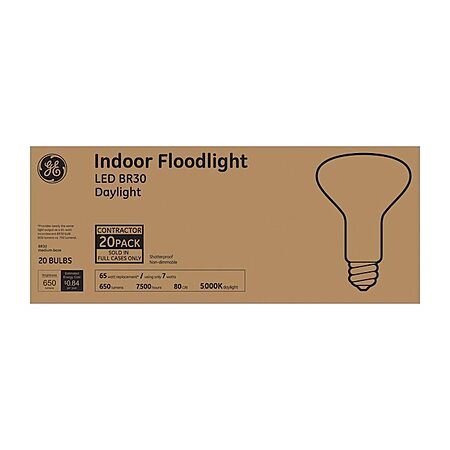
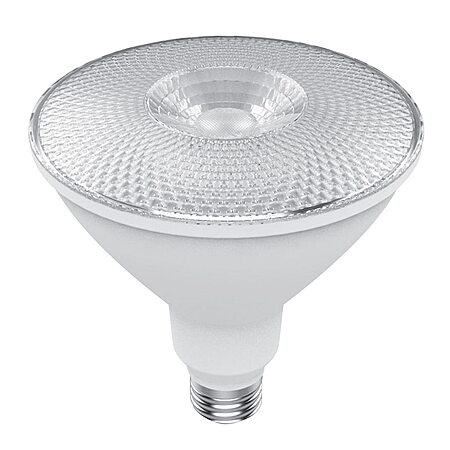

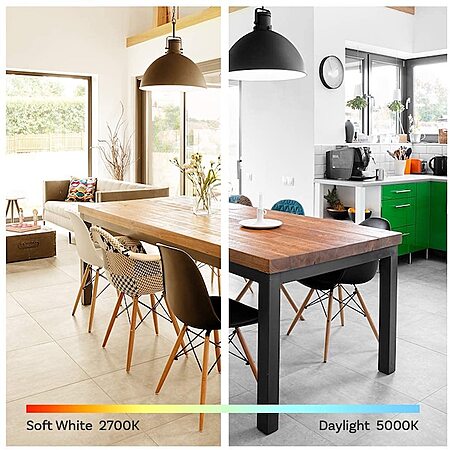
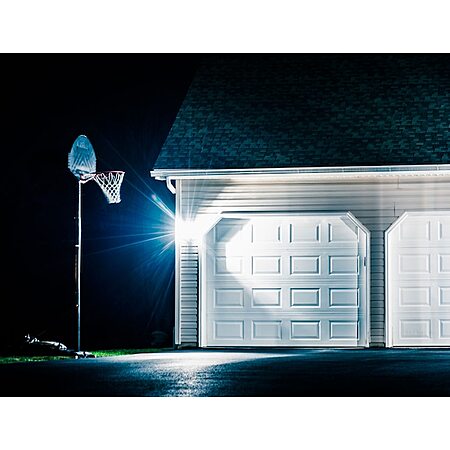
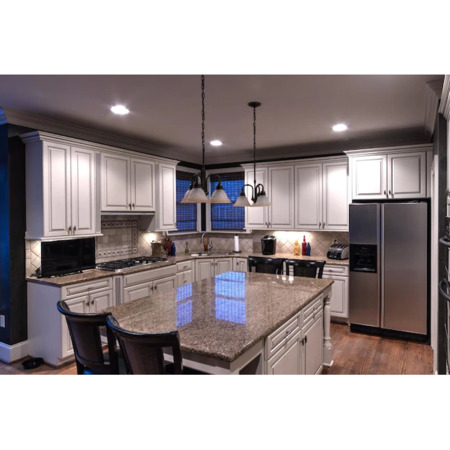
Leave a Comment
Top Comments
There's nothing at all wrong with daylight bulbs. The biggest issue is people not knowing how to use them correctly for the best effect. In fact, for the first decade when daylight range incandescent bulbs were introduced they sold for a premium of 5 to 10 times the cost of a normal "warm" frequency incandescent light bulb. Their proper use in light therapy is probably one of the single best ways to prevent the development of Seasonal Affective Disorder, as well as regulating correct biorhythms for people working on the night shift.
Daylight bulbs put out a very broad spectrum of light, simulating sunlight. And much like sunlight, you really shouldn't stare directly into the bulb while it's on, just in the same way that you shouldn't stare into the sun. Some people don't seem to quite get that, and will put a bulb up somewhere without any kind of shading, or place it near highly reflective objects or surfaces, and that's typically why you get people complaining about how harsh the daylight spectrum of bulb is.
(Protip: Don't stare into the sun. It will always win a staring contest.)
The other issue is that people initially don't realize is that because daylight bulbs actually have a wider spectrum of light they will allow people to better distinguish colors in the illuminated area. Suddenly, Mr and Mrs homemaker realize that their matching furniture, coffee table, rugs and drapes are actually all completely different tints of the same color scheme.. 😂
Unlike incandescent bulbs which often had as much as 2 in of filament releasing light, LED bulbs are typically made out of several single point emitters that produce light in a very sharp and directed path. This creates extremely sharp shadows, and can add to the "harsh" appearance of an LED light, regardless of the color spectrum.
Ideally, you're going to want to have daylight bulbs producing indirect light rather than shining directly upon objects in a room that can cause harsh reflections. (Stainless steel appliances or Chrome toasters, anyone?) Use spherical bulbs with lamps that have larger lamp shades, and w indoor flood lights/tracklighting you're going to want to have the lights directed at moderately non-reflective surfaces like cabinets, walls and even up to the ceiling to produce a good diffuse light throughout the room. You don't want to have a bunch of spotlights just shining down throughout a room if you can help it. (Although that is sometimes helpful for things like countertops)
I have multiple flood lights in my backyards for illumination during parties and cookouts, and while flood lights are great for illuminating at distance, at closer range they are just a bit harsh. I add a little bit of diffusion to (LED ONLY!) flood lights by putting a couple coats of crystal clear spray paint over the front of bulb to redirect and scatter some of the light, and it works great to soften some of the sharpness/harshness that you don't want up close. lowes.com/pd/Rust-Oleum-Universal-High-gloss-Clear-Spray-Paint-Actual-Net-Contents-11-oz/1000760992
For outdoor flood lights like this 12 pack, all of the things that are bad for indoors are perfect for outdoor security and illumination. The light is not diffused so that they travel further, the outdoor lighting allows people and security cameras to easily pick up colors that might be indistinguishable in more yellow light. Warm lights are terrible for security.
LEDs work by emitting a strong UV/near UV blue light which then excites a special coating of phosphorus over the top of it that then produces the light that we use. The chemical composition of the phosphorus layer is actually what determines the color of light that is emitted by the LED. One coating gives us the warm colors, a different coating gives us the daylight colors.
If an LED bulb (besides RGB of course) ever looks like it has a purple tint to it, it is defective and was not manufactured correctly!
You'll see this all the time with cheap led flashlights, where the light looks purplish. This is because the manufacturer was skimping on the phosphorus coating, and you end up with a shitty product that is emitting mostly non-visible light. For an actual light bulb and a socket, this can actually be dangerous to your vision because the UV range emitted is considered ionizing radiation. If you think that a bulb might have this problem but aren't really sure, an easy way to verify it is to simply put something fluorescent into the light from 5 ft away. If it visually fluoresces, lights up like it was under a black light, you absolutely have a defective bulb. 💡
Anywhoo, breakfast is ready! Have a good morning everybody, hope this helps. 👍
inventory check:
90W par38 https://brickseek.com/lowes-inven...1003094
65W Br30 https://brickseek.com/lowes-inven...1003094
137 Comments
Sign up for a Slickdeals account to remove this ad.
Our community has rated this post as helpful. If you agree, why not thank buzzy
Our community has rated this post as helpful. If you agree, why not thank big3l
inventory check:
90W par38 https://brickseek.com/lowes-inven...1003094
65W Br30 https://brickseek.com/lowes-inven...1003094
Our community has rated this post as helpful. If you agree, why not thank BluegrassPicker
The nighttime prowlers and burglars hate them.
Our community has rated this post as helpful. If you agree, why not thank FancyPocket4920
Sign up for a Slickdeals account to remove this ad.
Our community has rated this post as helpful. If you agree, why not thank Caredhel
Our community has rated this post as helpful. If you agree, why not thank BluegrassPicker
Zip 98036
Sign up for a Slickdeals account to remove this ad.
Leave a Comment